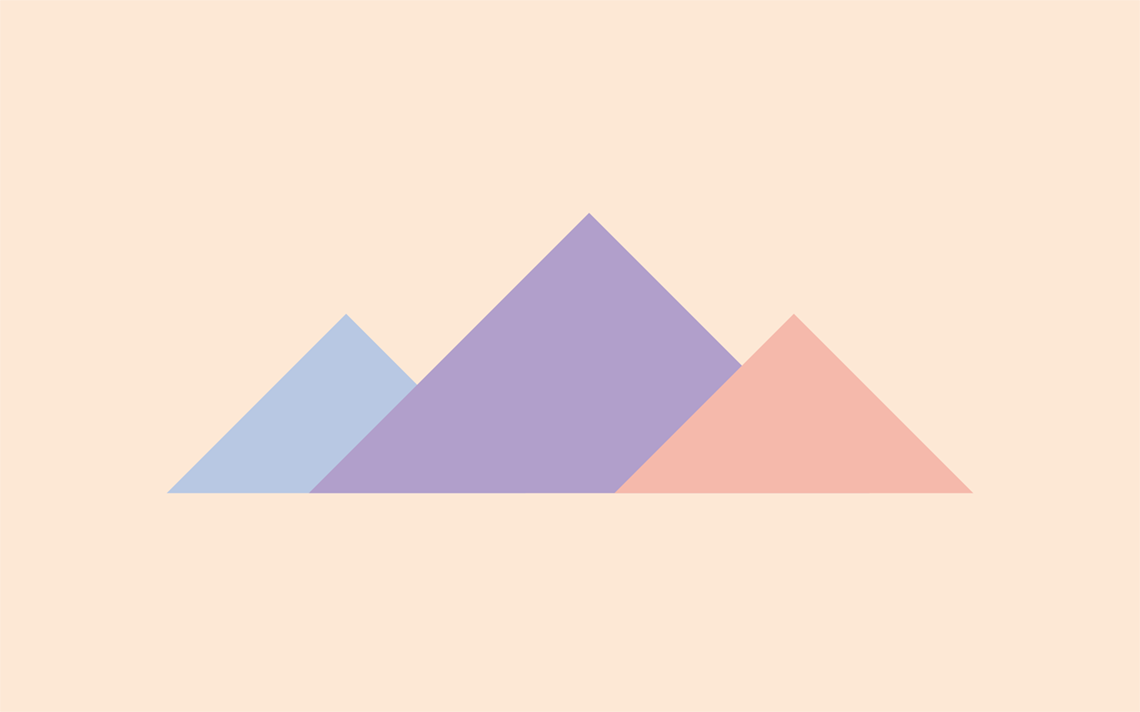Imaginative ways to explore mathematics
Editor’s Note:
This is an updated version of a blog post published on July 23, 2020.Schools must use a well-structured programme if they hope to meet all the requirements that are expected by the curriculum: they really don’t have a choice. But it’s just as important to teach beyond the listed outcomes and look at the big ideas of mathematics.
We all too often think that mathematics consists of strict rules and conventions that need to be adhered to, as well as facts and procedures that need to be memorised. Sure, all that is part of the mathematics curriculum, but is that all mathematics is? Of course not.
A good education has structure, but that structure can include opportunities for exploring mathematics in a less formal way.
It doesn’t take much imagination to be a symbol-pusher, but it takes a great deal of imagination to be a mathematician. If we really want to know mathematics, we should make an effort to explore the world around us.
There are many interesting ways to experience mathematics, if you are willing.
Exploring the mathematical world through nature
One might take the point of view that by choosing to look at the beauty of nature using a scientific lens we take away from the beauty. I think that is nonsense, and so did Richard Feynman:
“Scientific knowledge only adds to the excitement, mystery and awe of a flower.”
Everything in the natural world is made up of mathematics, but sometimes it can be really hard to see. Luckily, most learners have a tremendous amount of imagination. All you need to do is lead them into seeing the world as a mathematician. The world, the universe, nature — it is all mathematics.
Children often believe that mathematics is limited to something that you do in a classroom with digits and symbols. They often do not tie it to the world around them. But mathematics exists everywhere, in a multitude of forms.
Exploring the mathematical world through art
To know mathematics fully takes effort and struggle: the kind of struggle and effort that artists crave. In order to excel in either art or mathematics you need a tremendous amount of imagination, creativity and a zest to delve into the world of abstraction.
Some of the most interesting mathematical views of the world come in the form of art, and in particular, art that shows the natural world using shape and space.
Great examples are the Indigenous art of the Pacific Northwest of North America or the skin decorations of the Maori people of New Zealand. When you look closely at the visual art, you are struck by the mathematical principles that are applied. Very quickly you see the extensive use of geometric transformations, all of it derived from the world around us.
What is fascinating to me is how appealing things that follow mathematical constructs are to us. Art explores symmetry, translations, rotations and even quite advanced concepts like, let’s say, conformal transformation.
Walk around, look at the small and look at the large. Can you find symmetry? Can you find examples of reflections and other types of translations present in nature?
Inspired by traditional art techniques, can your learners explore and represent the real world using symmetry and geometric transformations? Can they create a representation of what they saw using shapes: i.e. can they draw a mountain range made solely out of varying triangles of different colours, or city buildings using only quadrilaterals? Is it possible to do it all using only regular polygons? Can they draw or transform what they see into new shapes, on new planes? Perhaps prompt learners to explore how they can draw a spider web being pushed by a strong wind.
Transform Your Maths Assessment
Insights — our online assessment tool — gives you instant, powerful data to identify gaps and improve results.

Exploring the mathematical world through music and ratios
Everywhere you look you will find mathematics of varying complexities, whether it is honeycombs made up of hexagons, or trees using fractals. But it’s not just the eye that can see mathematics, it’s also the ear.
There are simple and easy to understand examples in music. Beats, rhythms and harmony are all things that have obvious mathematical constructs. For younger learners, it might be interesting to explore how musical beats and tempos make us feel. A really fast beat might make us feel excited while a slow beat might bore us.
Can you make patterns that repeat? How many notes are there in your pattern: are all the pauses between notes the same length? How can you describe your beat in a journal or in a note to your friend?
There are also more complex examples like the ratios of musical intervals and chords that can be explored for more advanced examples (or maybe as a topic for another day).
It seems as if our brains are hard-wired to enjoy symmetry, regularity, simplicity and efficiency. Interestingly, the natural laws of the universe appear to prefer these concepts as well.
It is easy to find examples of the universe that prefer regular mathematical constructions in the physical world. This is also true in the theoretical, microscopic and macroscopic universes, but they can take a lot more imagination to see.
Nature is a treasure trove of mathematics. Now, get out there and explore!
References
Interview with Zoltan P. Dienes, Director Centre de Recherches en Psycho-Mathematiques, Projet Mathematique de Sherbrooke ce Alan Riedesel (20 november 1968)
Interpretive Study of Research and Development in Elementary School Mathematics: Volume 3
Marilyn N. Suydam, January 1, 1969, U.S. Department of Health, Education, and Welfare, Office of Education, Bureau of Research
Marilyn N. Suydam, Interpretive Study of Research and Development in Elementary School Mathematics

